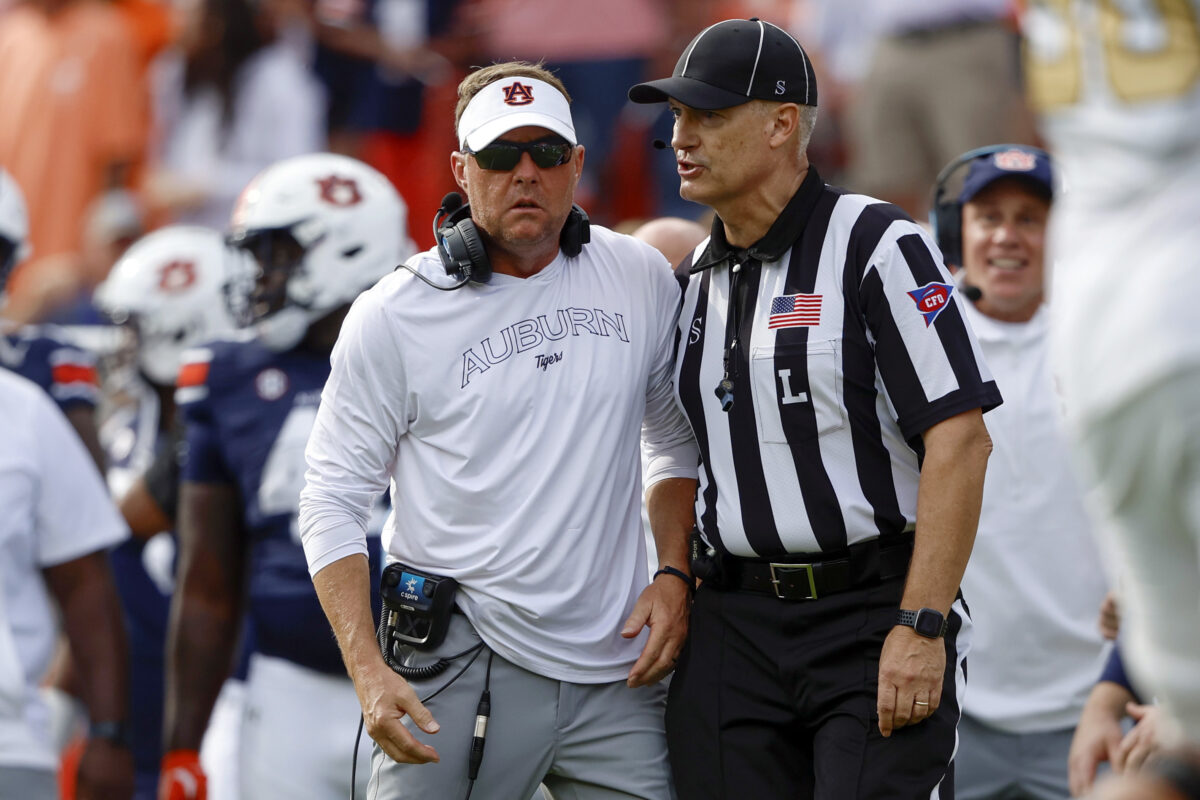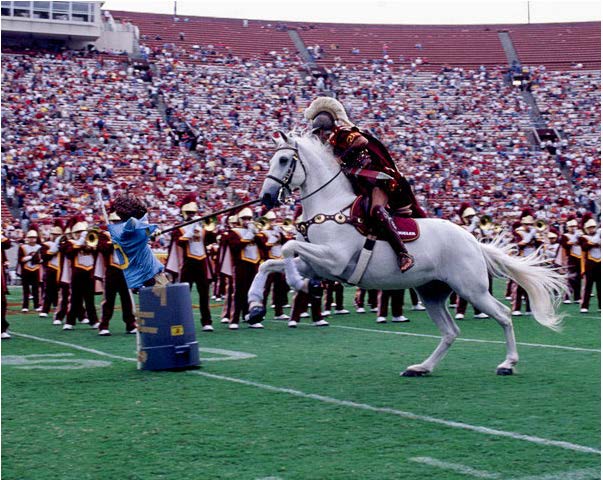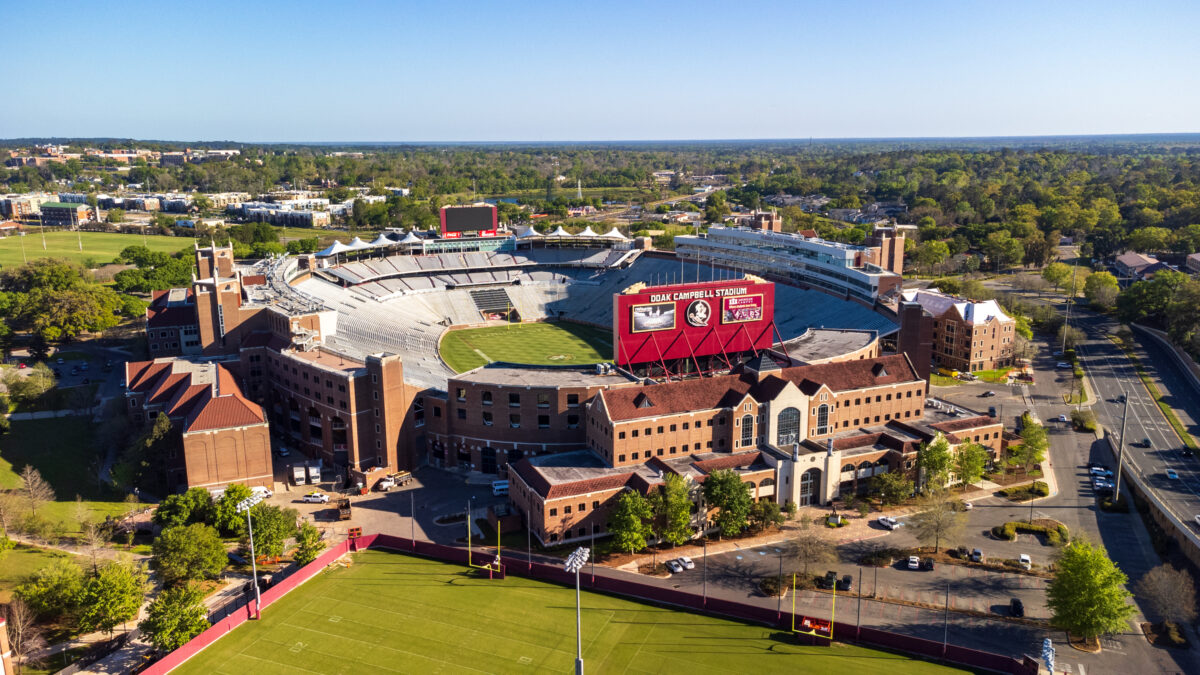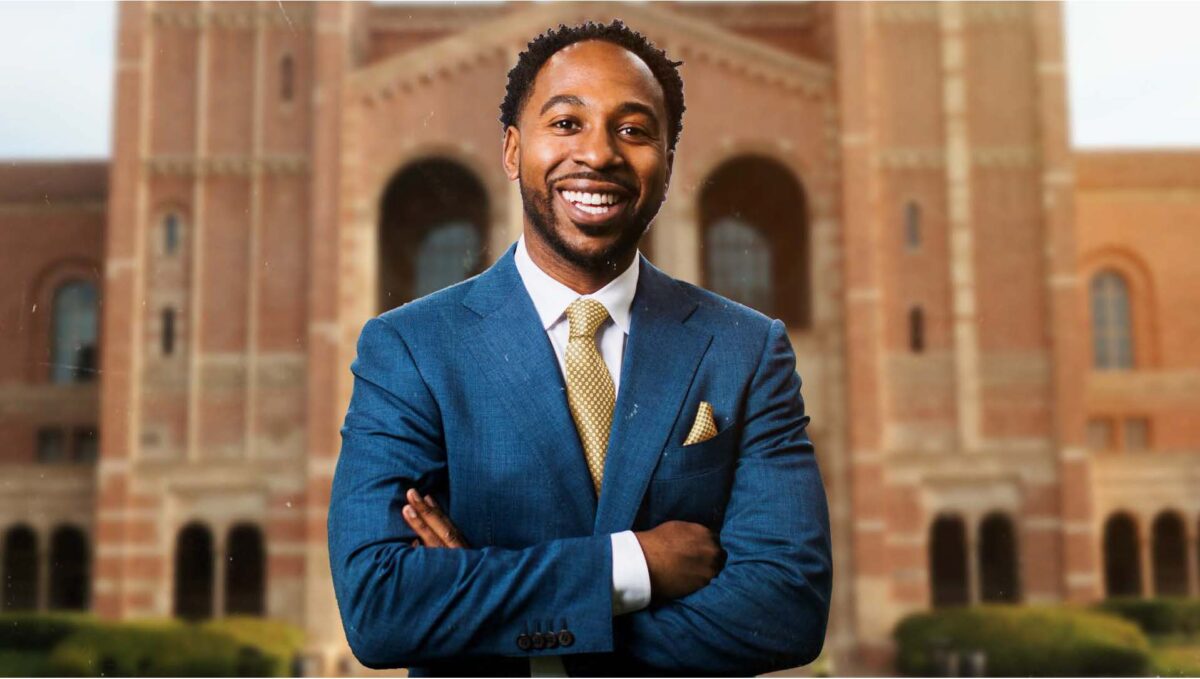Blog Article
Week 8 — Coaches Hot Seat Rankings
Three coaches were fired on Sunday.
Trent Dilfer. James Franklin. Trent Bray.
Gone.
When coaches start falling in October, everyone else feels it. The phone calls start. The quiet meetings happen. The pressure that was already there gets cranked up to a whole new level.
Here are the 10 coaches under the most pressure in college football right now:
1. Billy Napier, Florida (SEC)
Trent Dilfer got fired Sunday with a 3-4 record.
Billy Napier is 21-23 at Florida. One upset over Texas doesn’t erase years of mediocrity. The Gators are paying him $7 million to compete for bowl eligibility while Georgia and Alabama compete for championships.
That’s unacceptable at Florida.
2. Hugh Freeze, Auburn (SEC)
Hugh Freeze came to Auburn with a redemption story.
A second chance after Ole Miss. Auburn gave him big money, full control, everything he needed to compete. The pressure is mounting because it’s not working.
Right now, Auburn isn’t competing.
3. Mike Norvell, Florida State (ACC)
Florida State hasn’t won an ACC game since November 2023.
Fifteen straight conference losses. Two full seasons. Zero ACC wins.
Mike Norvell went from 13-1 ACC Champions to unwatchable in less than a year.
FSU beat Florida earlier this season, and the media acted like they were “back.” They’re not—they’re 0-2 in ACC play. Norvell has had two years to figure out how to win in the ACC.
At Florida State, that’s unacceptable.
4. Jeff Choate, Nevada (Mountain West)
Jeff Choate is 4-15 at Nevada.
What worked at Montana State isn’t translating to the FBS level. Choate talks about tough, physical football, but Nevada is getting pushed around. The problem isn’t philosophy—it’s execution.
Choate is running out of time.
5. Joe Moorhead, Akron (MAC)
Joe Moorhead is 10-33 at Akron.
Elite offensive coordinator at previous stops. Winner at Fordham. But the Zips move the ball, rack up yards, then stall in the red zone—that’s coaching.
A 10-33 record over four years tells the story.
6. Luke Fickell, Wisconsin (Big Ten)
Luke Fickell was supposed to save Wisconsin football.
Wisconsin gave him everything—big money, full control, time to install his system. The defense has regressed, the offense looks disjointed, and the Big Ten is exposing every weakness. Wisconsin fans don’t want to hear about systems—they want wins.
Fickell isn’t meeting the Wisconsin standard yet.
7. Butch Jones, Arkansas State (Sun Belt)
Butch Jones failed at Tennessee.
Now he’s failing at Arkansas State. The Red Wolves are underperforming, players aren’t buying in, and fans aren’t showing up. Arkansas State thought Jones learned from his Tennessee mistakes.
The results suggest otherwise.
8. Justin Wilcox, California (ACC)
Cal got a fresh start with the move to the ACC.
New conference. New competition. New expectations. And here’s the number that matters: 8 wins.
That’s what Justin Wilcox needs to keep his job.
Look at what’s left on the schedule:
- North Carolina
- At Virginia Tech
- Ranked Virginia
- At Louisville
- At Stanford
- SMU
Six games—Cal needs to win five of them.
Wilcox is supposed to be a defensive guru who maximizes limited resources. But the Bears are getting manhandled by ACC competition—the defense can’t stop anyone, the offense can’t score. The math isn’t mathing.
Cal has a new chancellor—an alum, Class of ’83.
They hired Ron Rivera, NFL veteran head coach, as General Manager overseeing the football program. ESPN’s Gameday came to Berkeley last season. Everyone saw the potential. Cal has poured money and resources into this program—and they’re expecting results.
Can Willcox get the Golden Bears to 8 regular-season wins?
9. Sonny Cumbie, Louisiana Tech (C-USA)
Sonny Cumbie was supposed to bring offensive firepower to Louisiana Tech.
The Air Raid disciple. The Texas Tech coordinator everyone wanted to hire. But coordinating and head coaching are two completely different jobs—the offense has been inconsistent, the defense worse, and the program feels directionless.
Coordinator success doesn’t automatically translate to head coaching success.
10. Derek Mason, Middle Tennessee (C-USA)
Derek Mason is 4-14 at Middle Tennessee.
He’s a defensive coach in an era where offense wins championships. Mason is building a 2005 program in 2025, and Middle Tennessee can barely crack 20 points per game. MTSU fans are asking: What exactly are we getting better at?
If the answer is “nothing,” the pressure builds.
The Bottom Line:
Three coaches got fired this week—more will follow.
Athletic directors are making calls. Boosters are applying pressure. Coaches who thought they were safe realize they’re not.
Want the full picture?
Our newsletter subscribers get exclusive analysis of coaches ranked 11-25—the ones trending in the wrong direction but not quite in crisis mode yet.
Subscribe here to get all 136 FBS rankings every week.
Because pressure is a ranking—and everyone’s being measured.
Check out the complete 136 FBS Coaches Hot Seat Rankings.








